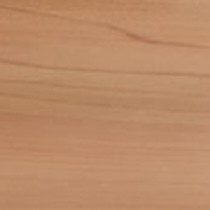
Western Red Cedar
Botanical Name – Thuja Plicata
Appearance – The sapwood is narrow and white in colour, and the heartwood is reddish-brown. The timber often displays a wide variation in colour from dark chocolate-brown changing to salmon pink. This natural colour variation can occur within a single board.
Density – 390 kg/m3
Durability – Durable
Uses – Cladding, Shingles, external and internal joinery and garden building manufacture
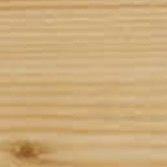
European Redwood
Botanical Name – Pinus Sylvestris
Appearance – Pale yellowish-brown to red-brown heartwood with lighter-coloured sapwood
Density – 510 kg/m3.
Durability – Non Durable
Uses – Internal joinery, construction, cladding, carcassing and furniture

Douglas Fir
Botanical Name – Pseudotsuga Menziesii
Appearance – The heartwood is a light reddish-brown shade, which distinguishes itself from the pale-coloured sapwood
Density – 530 kg/m3
Durability – Moderately durable
Uses – Construction work, exterior and interior joinery, external cladding, plywoods and veneers
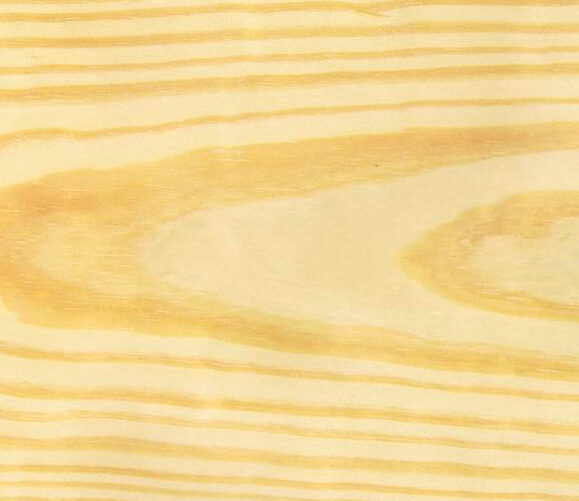
Southern Yellow Pine
Botanical Name – Pinus Palustris
Appearance – The heartwood is yellowish-brown to reddish-brown, generally resinous, which distinguishes itself from the light-coloured sapwood.
Density – 660 kg/m3
Durability – Moderately durable.
Uses – staircases, furniture, interior & exterior joinery, boat building, flooring, and construction
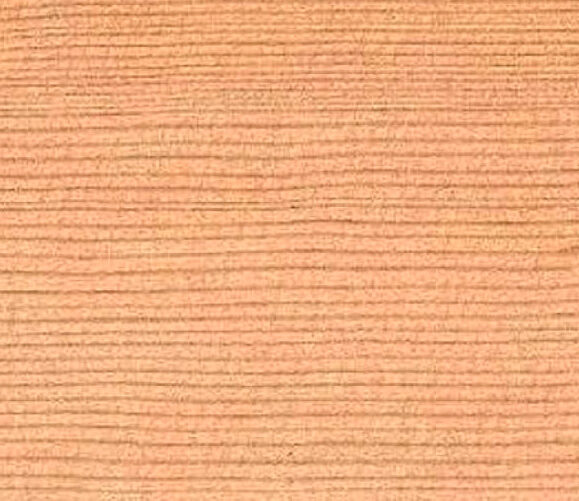
Hemlock
Botanical Name – Tsuga Heterophylla
Appearance – Pale brown to white in colour with a straight grain and fairly even texture.
Density – 480 kg/m3.
Durability – Non Durable
Uses – Internal joinery, mouldings and construction
Hardwood Species:
North American
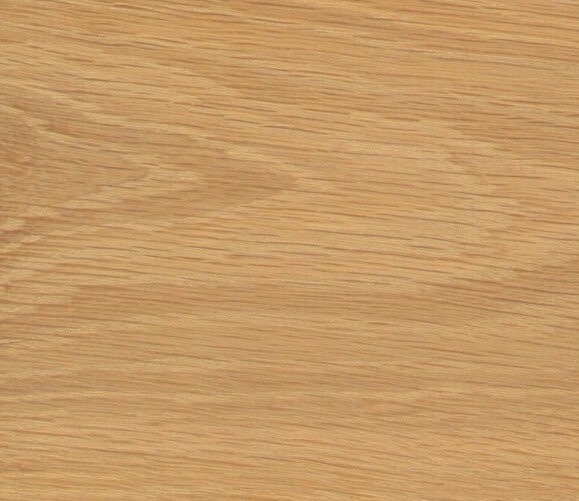
American White Oak
Botanical Name – Quercus Alba
Appearance – Colour ranges from a light yellowy brown to pale biscuit, occasionally with a slight pink tinge and straight grained.
Density – 760 kg/m3
Durability – Durable
Uses – Furniture, cabinet making, joinery, flooring and decorative veneers
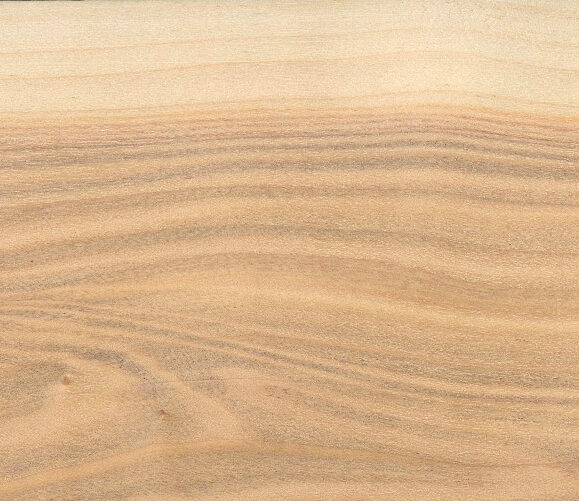
Poplar / Tulipwood
Botanical Name – Liriodendron Tulipifera
Appearance – Colour ranges from white to pale olive green to brown. It is straight grained and of even texture.
Density – 380 kg/m3
Durability – Non durable
Uses – interior joinery, panelling, furniture manufacture & mouldings

American Black Walnut
Botanical Name – Juglans Nigra
Appearance – The colour varies from a light grey-brown to a chocolate brown to purplish brown. When machined the timber has an excellent decorative appearance due to its outstanding grain, colour and pattern. Grain patterns vary from very plain to highly figured.
Density – 640 kg/m3
Durability – Moderately durable
Uses – High quality furniture, cabinet making, internal joinery and veneers.
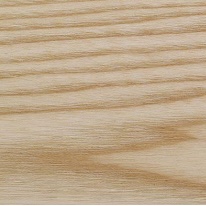
American White Ash
Botanical Name – Fraxinus Americana
Appearance – pale cream to greyish brown in colour, generally straight grained, with a coarse but even texture.
Density – 660 kg/m3
Durability – Non durable
Uses – Internal Joinery, sports handles, skirting, architrave and flooring.
Hardwood Species:
European

European Oak
Botanical name – Quercus robur / Quercus Petraea
Appearance – Light tan to biscuit with silver grey figure on quarter-sawn. Usually straight grained but varies with growing conditions.
Density – 670-720 kg/m3.
Durability – Moderately durable
Uses – Furniture and cabinet work, interior and exterior joinery, flooring, veneers and shopfitting
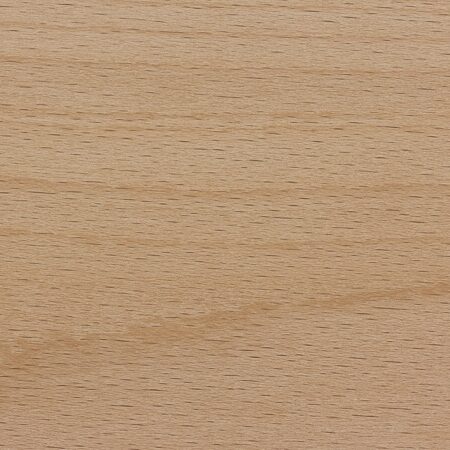
Beech
Botanical name – Fagus Syvatica
Appearance – Colour whitish or pale brown. When steamed it turns pinkish or light red.
Density – 720 kg/m3.
Durability – Perishable
Uses – Interior joinery, skirtings, architrave and veneers
Hardwood Species:
African
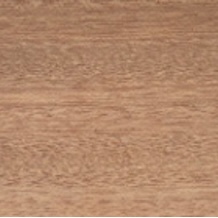
Sapele
Botanical Name – Entandrophragma Cylindricum
Appearance – Dark reddish brown. Grain is interlocked or wavy with a medium to fine texture. Sapele is characterised by a marked and regular stripe, particularly pronounced on quarter-sawn surfaces.
Density – 640 kg/m3
Durability – Moderately durable
Uses – suitable for a wide range of uses including external and internal joinery, flooring and furniture.
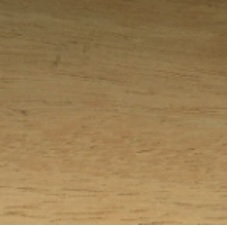
Iroko
Botanical Name – Chlorophora Excelsa
Appearance – The heartwood is golden-brown and the sapwood is narrow, and clearly defined. The grain is usually interlocked and the texture is rather coarse but even.
Density – 660 kg/m3
Durability – Very durable
Uses – wide range of uses including external timber cladding, external joinery, boat building & marine work
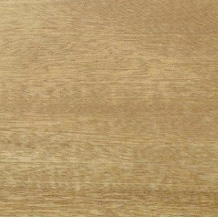
Idigbo
Botanical Name – Terminalia Ivorensis
Appearance – The timber is yellow to light brown in colour, with a straight to slightly irregular grain.
Density – 540 kg/m3
Durability – Durable
Uses – Furniture and joinery work. Often used as a more cost effective alternative to oak.
Hardwood Species:
Far Eastern
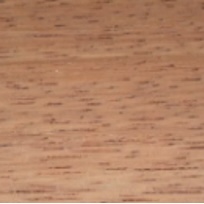
Meranti
Botanical Name – Shorea Pauciflora
Appearance – Sapwood lighter in colour and distinct from the heartwood which is red-brown darkening to a dark red with resin streaks. Fairly coarse texture with an interlocked and wavy grain.
Density – 670 kg/m3.
Durability – Moderately durable
Uses – furniture, joinery, mouldings and shopfitting. It is widely used for conservatories and can also be used for flooring.